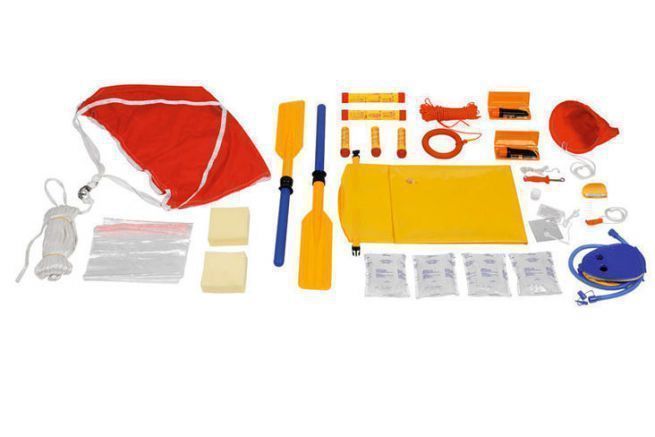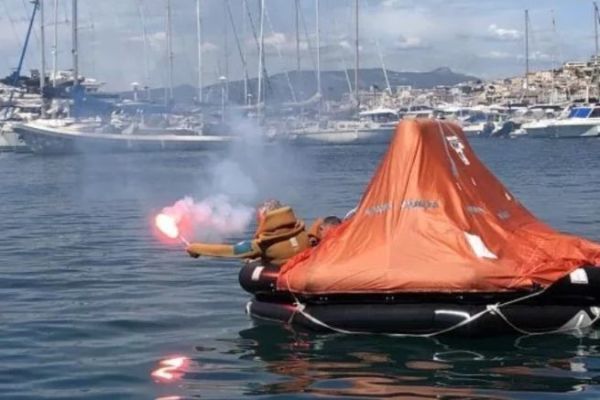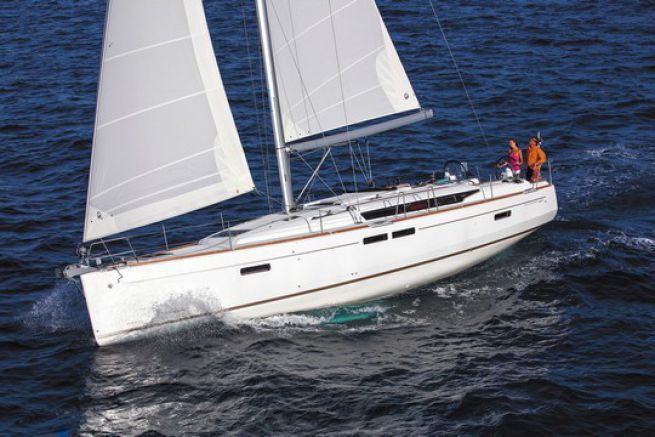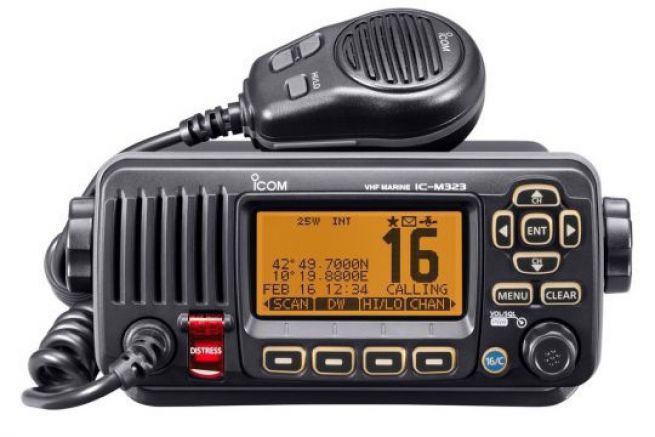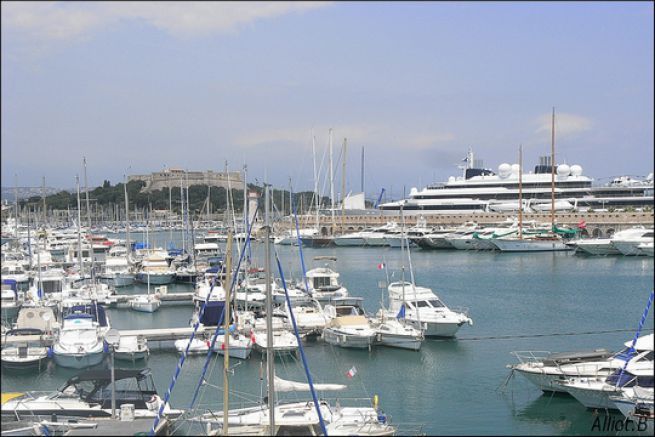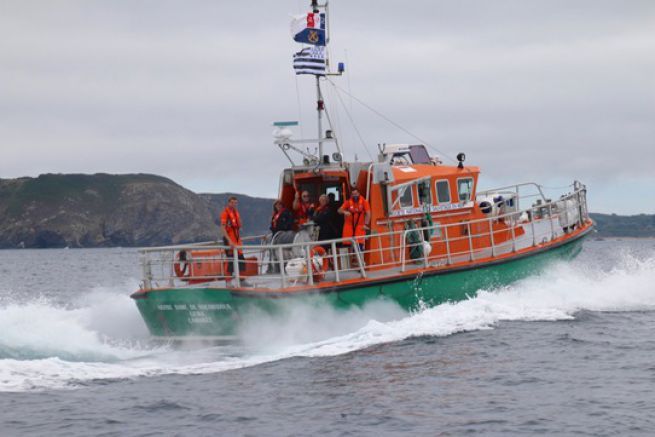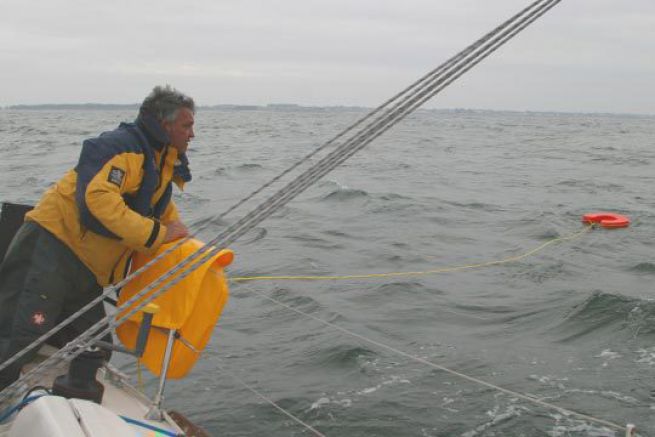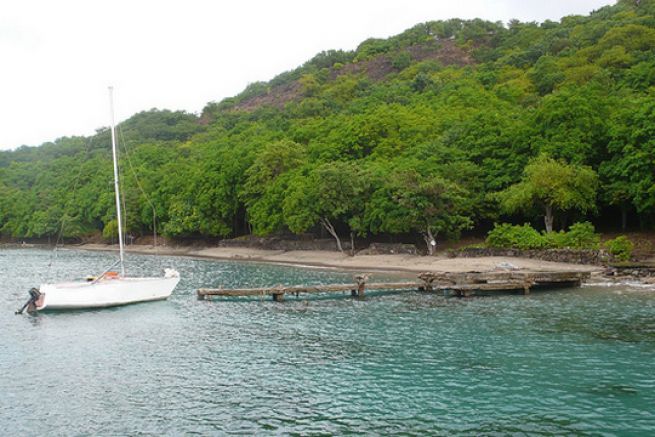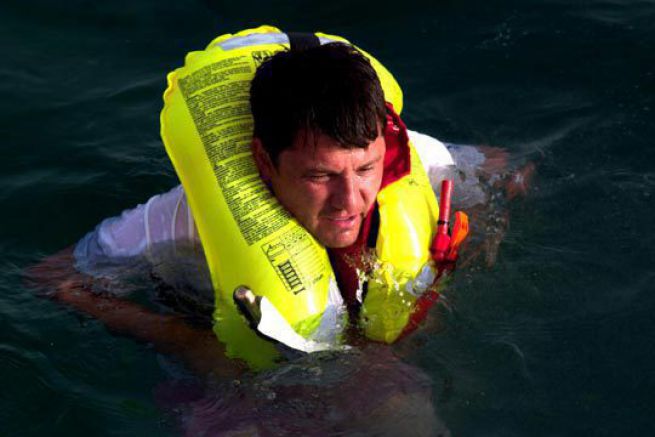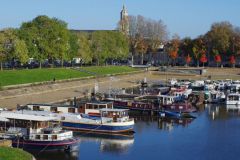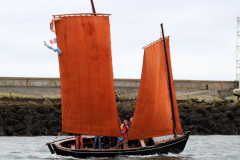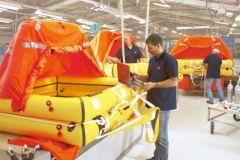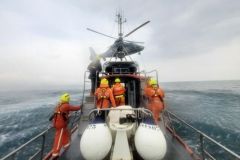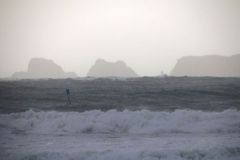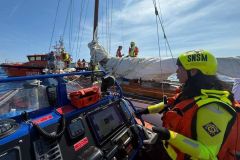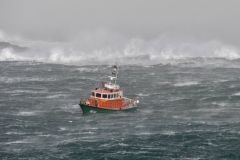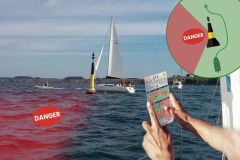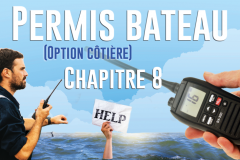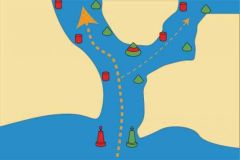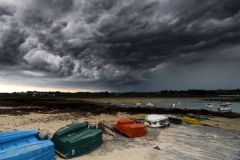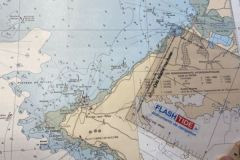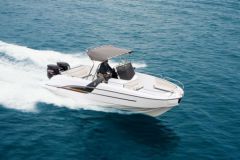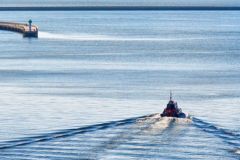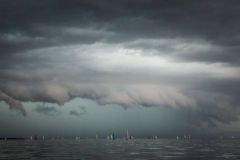To go to sea safely, it is mandatory to have a certain amount of safety equipment. Here is the list of mandatory safety equipment on board a pleasure boat, depending on the navigation area.
There are 4 navigation areas:
- Basic - Up to 2 miles from a shelter
- Coastal - Up to 6 miles from a shelter
- Semi-tall - Between 6 and 60 miles from a shelter
- Offshore - Beyond 60 miles from a shelter
A shelter is a place on the coast where any craft, boat or vessel and its crew can safely anchor, land or come alongside and leave without assistance. This concept takes into account the weather conditions of the moment as well as the characteristics of the craft, boat or vessel.
| Basic | Coastal | Semi-tall | Offshore | |
| Personal Buoyancy Equipment *1 | X | X | X | X |
| Lighting device *2 | X | X | X | X |
| Mobile firefighting equipment | X | X | X | X |
| Manual dewatering device | X | X | X | X |
| Towing device | X | X | X | X |
| Mooring line (if light weight ? 250 kgs) | X | X | X | X |
| Tide directory *3 | X | X | X | X |
| National flag (outside territorial waters) | X | X | X | X |
| Device for locating and assisting a person at sea | X | X | X | |
| 3 hand-held red lights | X | X | X | |
| Magnetic compass | X | X | X | |
| Official nautical charts | X | X | X | |
| International Regulations for Preventing Collisions at Sea | X | X | X | |
| Description of the lighting system | X | X | X | |
| 3 parachute flares and 2 smoke flares or 1 fixed VHF | X | X | ||
| Life raft | X | X | ||
| Materials for taking stock | X | X | ||
| Fire book maintained | X | X | ||
| Logbook | X | X | ||
| Device for receiving weather reports | X | X | ||
| Harness and lanyard per vessel for non-sailboats | X | X | ||
| Harness and lanyard per person on board for sailboats | X | X | ||
| First aid kit in accordance with article 240-2,16 | X | X | ||
| Lighted device for search and location at night | X | X | ||
| Emergency Locator Radio Beacon | X | |||
| VHF Fixed * 4 | X | X | ||
| Portable VHF * 4 | X |
With the evolution of the regulations, it is now up to the skipper to choose the most suitable option for navigation.
1- Personal Buoyancy Equipment
The personal flotation device must be adapted to the morphology of the person who uses it and must correspond to the navigation area in which you are.
- Navigation within 2 miles of a shelter buoyancy aid of at least 50 newtons
- Navigation up to 6 miles from a shelter lifejacket of at least 100 newtons
- All zones navigation lifejacket of at least 150 newtons
- Navigation of a child under 30 kg lifejacket of at least 100 newtons, regardless of distance from a shelter.
2- Lighting device
The lighting device can be a waterproof flashlight on the boat or an individual lighting device, such as a flashlight or cyalume, attached to each personal flotation device. Its autonomy must be at least 6 hours.
3- Tide directory
It is not mandatory to have a physical directory for basic and coastal navigation. It is sufficient to have on board a means of knowing the tide times of the day of the navigation zone, that can be for example a telephone, or a printed document of the day concerned.
4- VHF
From 6 miles from a shelter, the skipper may decide not to bring parachute flares or smoke bombs. On the other hand, it is mandatory to have a fixed VHF, since January 1, 2017.
First aid kit
According to section 240-2.16, what the first aid kit must contain is as follows:
| Article | Presentation | Note |
| Self-adhesive strip (10cm) | 1 roll of 4 m | Width 10 cm |
| Pancake band | 1 roll of 4 m | Width 10 cm |
| Sterile gauze swabs | 1 pack of 5 | Medium Tail |
| Sterile waterproof adhesive dressings | 1 box | 3 sizes assortment |
| Hemostatic cushion | 1 unit | Type CHUT |
| Plasters | 1 roll | |
| Non-sterile examination gloves | 1 box | Size M & L |
| Hydroalcoholic gel | 1 bottle 75 ml | |
| Survival blanket | 1 unit | |
| Chlorhexidine | Local solution - 5 ml at 0.05% |

 /
/ 